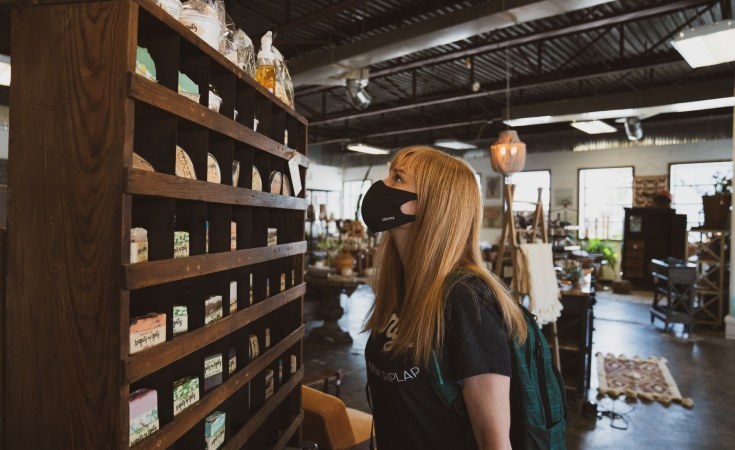Before the global pandemic, South Africans had displayed very traditional shopping patterns. Most consumers opted for brick-and-mortar shopping. Some of the comments you would have heard about online shopping, ‘I don’t trust it’, ‘I prefer to touch and feel when I am making a purchase’ and the most common comment ‘I don’t want my bank card information stolen’.
According to Statista, revenue in the e-commerce market is projected to reach US$5,041m in 2021 and 38% of total e-commerce purchases will be paid by Cards.
Lockdown and the closing of shops
When the country went into lockdown in early 2020, the pandemic forced the previously late-adopter South African consumers to turn to online shopping and adapt to the new normal. Mindsets had to shift as brick-and-mortar stores were closed. FNB announced that they had seen average e-commerce spend grow by 30% year-on-year during the 1st half of 2020 compared to 2019, while the average bricks & mortar, or physical spend, declined 12% year-on-year during the 1st half of 2020 compared to 2019.
Decrease in spending
Many households have had their income affected by the pandemic. The result of which has led to a change in mindset and consumers now looking to save money. Latestspecials, a website featuring daily specials across all retailers in all categories, found that even before the pandemic, most users logged onto mobile phones. During the pandemic in 2020, their numbers increased by as much as 61%. Currently, more than 77% of all visitors to the Latestspecials website are from mobile phones.
A sales trend that emerged during this time was an increase in premium electronic and large appliance good sales, eg. TV’s, dishwashers, washing machines etc. Why is that? Simply put consumers were now spending more time at home rather than going out and realized the need for in-home- entertainment. Working from home meant that they needed certain appliances to make life easier.
McKinsey and company have been tracking consumer sentiment globally during the pandemic. Survey data collected in South Africa from Sept 18–29, 2020, found that there have been fundamental shifts in consumer behaviour. There has been a 90% growth in consumers who now purchase online and 79% of consumers have changed the stores, brands, and the way they shop.
An untapped market
Despite this upward trend, it is not surprising that online sales still only account for 2% of retail transactions. When the pandemic hit, not many retailers had their e-commerce platforms set up and a quick change was needed to keep businesses up and running.
Further expensive data and slow data connections mean that consumers are reluctant to go online and shop. And then there is the issue of service delivery. Many retailers were not prepared or set up for online sales it has been a time of learning to ensure that deliveries get out on time and goods ordered are correctly delivered. Online platforms like Checkers 60 Sixty, Woolworths Dash and Pick n Pay’s Botttles had to quickly adapt and offer a faster more efficient delivery service. There’s also been a lack of service delivery to the more remote areas of the country.
A change in the shopper journey
Before 2020 the shopper journey looked something like this. A consumer will research the product online, visit the retailer’s website but the final purchase will be done in-store.
This has now changed with more than 60% of consumers surveyed in September 2020 stating that they are reluctant to resume normal out-of-home activities. Latestspecials have said that the group of users, who are looking for online specials, aged 18-24 grew the most during the pandemic - up to 162.5 % compared to 2019. With the emergence of a younger audience who are predominately shopping off their phones, retailers have an opportunity to tap into a perhaps previously untapped market segment.
How does the future look
With Black Friday and the festive season upon us and the threat of a 4th Covid-19 wave, it can be expected that consumers will go online to fulfill a larger than normal portion of their shopping. With more consumers feeling more comfortable shopping off mobile devices and taking advice from their peers, retailers can and will focus their attention on targeting the consumers online using clever online marketing campaigns. Those retailers lagging on their e-commerce platforms will struggle to make their expected turnover.


